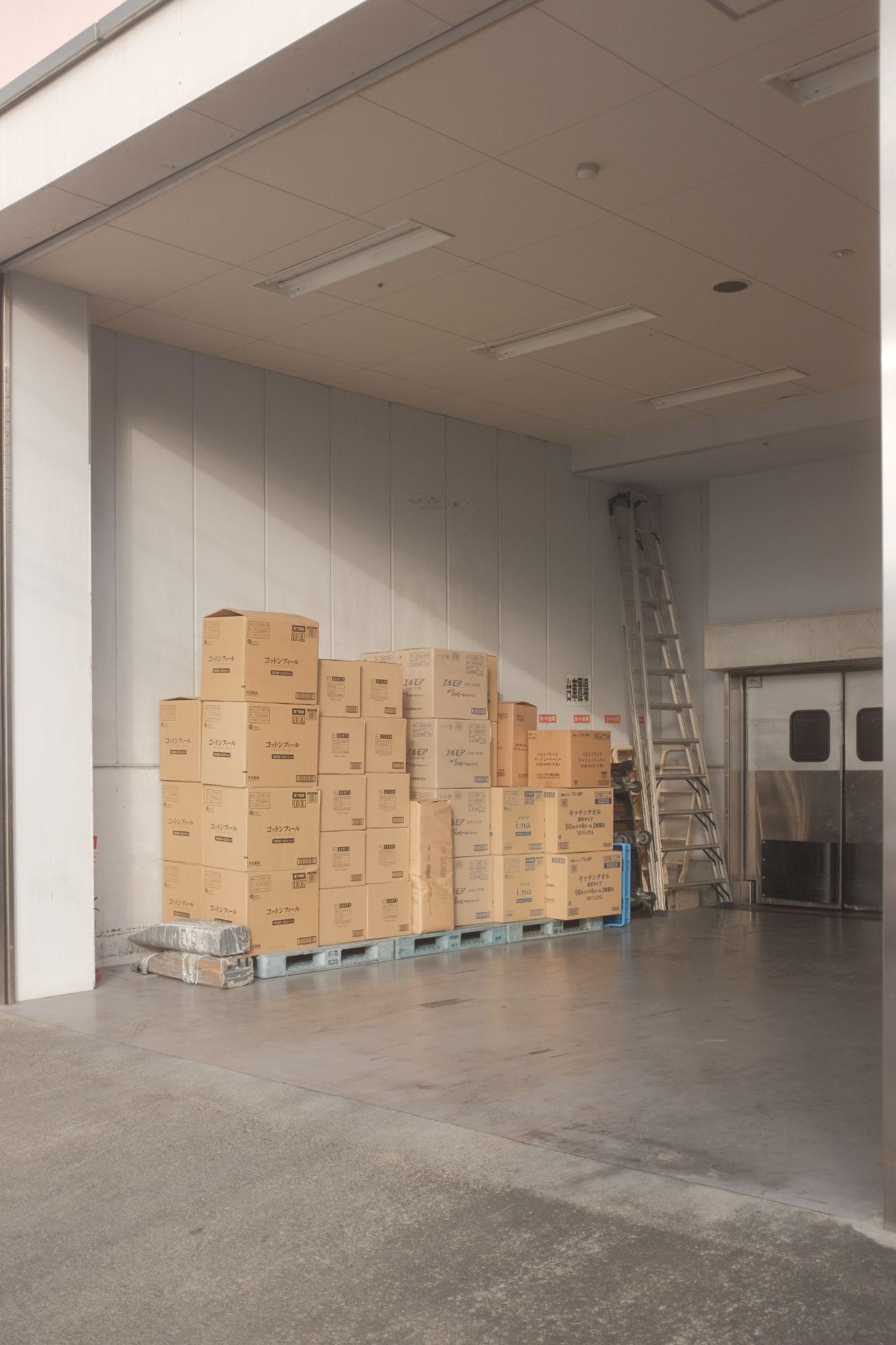Frosty Fortitude: Safeguarding Food Quality with Cold Holding
Amazing marketing strategies, good packaging, and maintaining great relationships with your customers—they all play a role in ensuring your food business’ success. What might not be so obvious but strongly contributes to this success is the way you handle your products.
When it comes to preserving food quality and ensuring consumer safety, one powerful ally stands out: cold holding. From refrigerators and walk-in freezers to commercial food storage units, cold holding plays a vital role in maintaining the freshness and integrity of perishable goods.
In this article, we’ll dive into the importance of cold holding and its impact on food quality, highlighting the key strategies and best practices for effectively implementing this essential technique.
What Exactly is Cold Holding?
Cold holding, simply put, refers to the practice of storing food at low temperatures to inhibit bacterial growth and maintain quality.
By keeping food products within a specific temperature range, typically between 32°F (0°C) and 41°F (5°C), cold holding effectively slows down the spoilage process and extends the shelf life of perishable items.
What are the Benefits of Cold Holding?
Cold holding is a powerful technique that offers numerous benefits for preserving food quality and ensuring consumer safety. Here’s how this strategy can positively impact your food storage practices:
● Prevents bacterial growth: By maintaining low temperatures, cold holding inhibits the reproduction of harmful bacteria such as Salmonella and E. coli. This reduction in bacterial growth significantly lowers the risk of foodborne illnesses, protecting the health and well-being of consumers.
● Preserves sensory attributes: The sensory attributes of food, including taste, texture, and color, are carefully preserved through cold holding. By storing perishable items at optimal temperatures, the freshness and visual appeal of food are maintained, ensuring that it remains appetizing and enjoyable for consumers.
● Extends shelf life: The spoilage process is significantly slowed down through cold holding. By creating an inhospitable environment for bacteria, fungi, and other spoilage-causing microorganisms, the shelf life of perishable items is extended. This not only reduces food waste but also allows businesses to maximize the utilization of their inventory.
● Enhances food safety: Cold holding plays a crucial role in helping businesses comply with food safety regulations and standards. By maintaining the desired temperature range, cold holding ensures that food remains within safe limits, minimizing the risk of contamination and meeting the requirements set forth by health and safety authorities.
● Cost savings: Implementing effective cold holding practices can lead to substantial cost savings for businesses. When you reduce food waste and spoilage, you can minimize financial losses associated with unsellable or expired products. Additionally, a longer shelf life allows for better inventory management and optimized purchasing decisions.
● Improves customer satisfaction: Consistently providing high-quality food through cold holding practices enhances customer satisfaction. When consumers can rely on the freshness, flavor, and safety of the food they purchase, it fosters loyalty and positive word-of-mouth recommendations. This, in turn, contributes to a favorable reputation for the business and helps attract new customers.
What Strategies Can I Employ to Ensure Effective Cold Holding?
Implementing effective strategies for cold holding is crucial to maintaining food quality and safety. By following best practices and adopting the right techniques, businesses can optimize their cold storage processes and ensure optimal results.
Here are some steps you can follow to achieve effective cold holding and maximize the benefits it offers:
Consistent Temperature Monitoring
● Regularly monitor the temperature of cold storage units using accurate thermometers and temperature control systems.
● Establish temperature check routines and document temperature readings to identify and address any deviations promptly.
● Train staff on temperature monitoring protocols and the importance of maintaining the prescribed temperature range.
Organized Storage Space
● Arrange food items within refrigerators or freezers in a way that allows for even air circulation and consistent temperatures throughout the unit.
● Separate raw meats and seafood from ready-to-eat items to prevent cross-contamination and ensure food safety.
● Label and date all stored items to facilitate proper rotation and reduce the risk of consuming expired or spoiled products.
Regular Equipment Maintenance
● Schedule routine inspections and maintenance of cold storage equipment to ensure optimal performance.
● Clean and defrost refrigerators and freezers regularly to prevent ice buildup, which can hinder proper cooling and temperature control.
● Check door seals and gaskets for wear and tear and replace them if necessary to maintain airtight conditions.
Staff Training and Education
● Provide comprehensive training to all employees who handle or interact with cold storage units.
● Educate staff on cold holding best practices, including temperature monitoring, storage organization, and cleaning protocols.
● Foster a culture of food safety and quality consciousness by emphasizing the importance of cold holding in preserving food integrity.
Conclusion
Cold holding is a powerful tool when it comes to food storage and preservation, offering numerous benefits for both businesses and consumers. Embracing the frosty fortitude of cold holding not only safeguards food quality but also contributes to cost savings, improved customer satisfaction, and a positive brand reputation.
By reducing food waste, businesses can optimize their inventory management and minimize financial losses. Meanwhile, providing consistently fresh and flavorful food enhances customer satisfaction and fosters loyalty.
So, embrace the power of cold holding and let it be the guardian of food quality and safety within your establishment. By doing so, you not only protect your customers but also enhance your business’s reputation, all while contributing to a more sustainable and efficient food industry.
For more insightful articles, check out Technology News Extra today!

